You care about your pet and do everything you can to ensure they enjoy a happy, healthy life. Keeping your pet healthy means attending to all of their body’s needs, from nose to tail, but one area is often overlooked—can you guess? Hint—when was the last time you lifted your pet’s lip and looked inside their mouth? That’s right—oral care is often overlooked. And, not only the teeth. Your pet’s dental health involves their entire mouth, including their gums.
Many well-meaning pet owners neglect their pet’s dental health—likely because pets do not open wide and say “Ahhh” without the help of professionals. But, dental care is essential for your pet’s overall health and wellbeing, and neglect can cause serious—and painful—problems for your furry friend. By age 3, most dogs and cats have some degree of dental disease, but a proactive approach to your pet’s dental health is the best prevention.
If you have not been caring for your pet’s dental health and we have made you guilty—stop. You are not alone, and you can start now to take the necessary steps to get your pet’s dental health on track. February is National Pet Dental Health Month, which aims to spread awareness about this important topic while educating owners and providing tips to ensure pets receive the appropriate care to keep their teeth and gums clean, fresh, and disease-free. Our team at Scripps Ranch Veterinary Hospital wants to empower all pet owners to feel confident about caring for their pet’s dental health. Together, let’s tackle tartar to improve your pet’s health and quality of life. Keep reading to learn how an at-home dental care routine and regular professional cleanings work together to support your pet’s dental health.
Develop an at-home dental care routine for your pet
The sooner you introduce an at-home dental care routine for your pet, the better. Veterinarians recommend you brush your pet’s teeth daily—twice is ideal—starting when they are young, which may seem daunting. But, you brush your own teeth twice a day without thinking, and brushing your pet’s teeth won’t feel like a chore once your pet becomes accustomed.
Fortunately, many pet-friendly dental care tools on the market help make toothbrushing manageable. Pet toothpaste comes in a variety of flavors, such as beef, chicken, and tuna, that will make your pet more cooperative. Remember—never share your toothpaste with your pet, as human toothpaste is toxic to pets. Human toothpaste often contains xylitol, an artificial sweetener that is extremely toxic to pets, as well as fluoride, which is meant for spitting out, which people can do, but not swallowing, which pets do. Always ensure you use toothpaste specifically designed for pets. Also, always use a children’s toothbrush or finger brush, because your pet’s mouth is likely too small for an adult-sized brush. Acclimate your pet to toothbrushing with these steps:
- Let your pet taste the toothpaste — Put a pea-sized amount of toothpaste on one of your fingers and let your pet taste.
- Massage your pet’s lips, teeth, and gums — Once your pet has tasted the toothpaste, put more on your finger and massage your pet’s lips in slow, circular motions. When your pet appears comfortable with their lips being massaged, use the same motion to massage their teeth and gums. This step will take some time, depending on how quickly your pet becomes comfortable. Go slowly, and ensure your pet has a positive experience.
- Introduce the toothbrush — Put a small amount of toothpaste on the toothbrush, let your pet lick the toothbrush, and follow with praise and a treat. Continue this for several days, before using the toothbrush on your pet’s teeth.
- Gently brush your pet’s teeth — Once your pet is acclimated to their toothpaste and brush, you are ready to brush their teeth. Use small circular motions, focusing on the outside of the teeth above the gum line, keep sessions short—about a minute is usually sufficient—and follow with praise and a treat.
Schedule professional dental cleanings for your pet
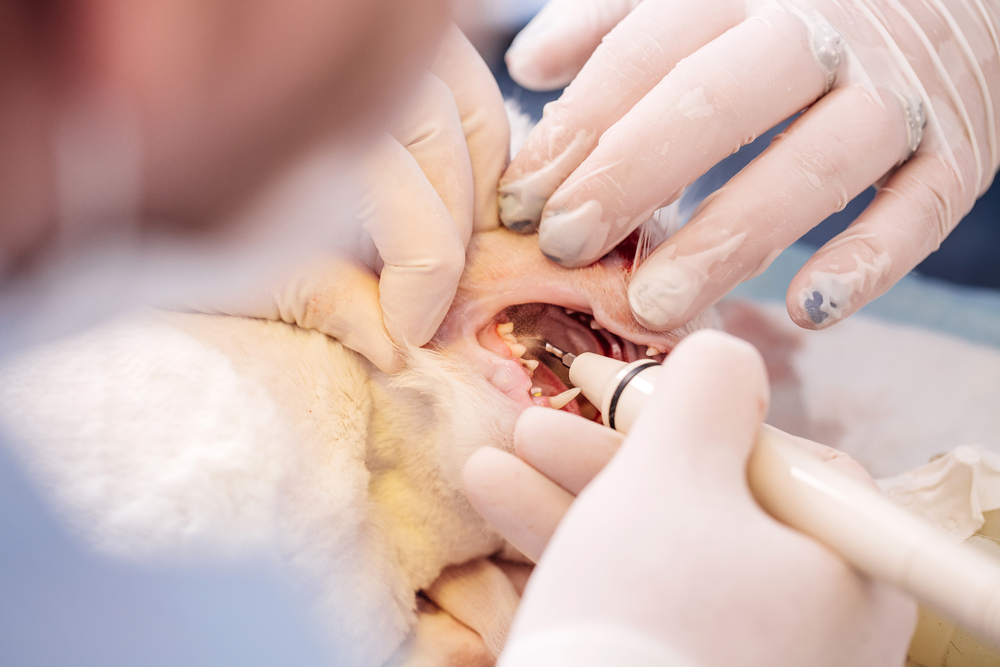
Regular professional dental cleanings are the other essential component of caring for your pet’s dental health. Daily toothbrushing helps remove plaque but, over time, tartar will find its way into the nooks and crannies of your pet’s teeth. Like people, pets need regular professional dental cleanings to remove plaque and tartar accumulation below the gum line. A complete professional pet teeth cleaning will include:
- Scaling tartar from the tooth surface, above and below the gum line
- Polishing each tooth, because scaling creates microscopic etchings that must be removed to prevent bacteria adherence
- Probing the gum line for pockets that indicate periodontal disease
- Irrigating below the gum line to flush away bacteria and debris
- Rinsing with an antimicrobial solution
Depending on a pet’s age, breed, and overall genetics, the time between their professional dental cleanings varies, but our Scripps Ranch Veterinary Hospital team can determine the appropriate frequency for your pet. Contact us to schedule a dental appointment for your pet, and take control of their dental health.
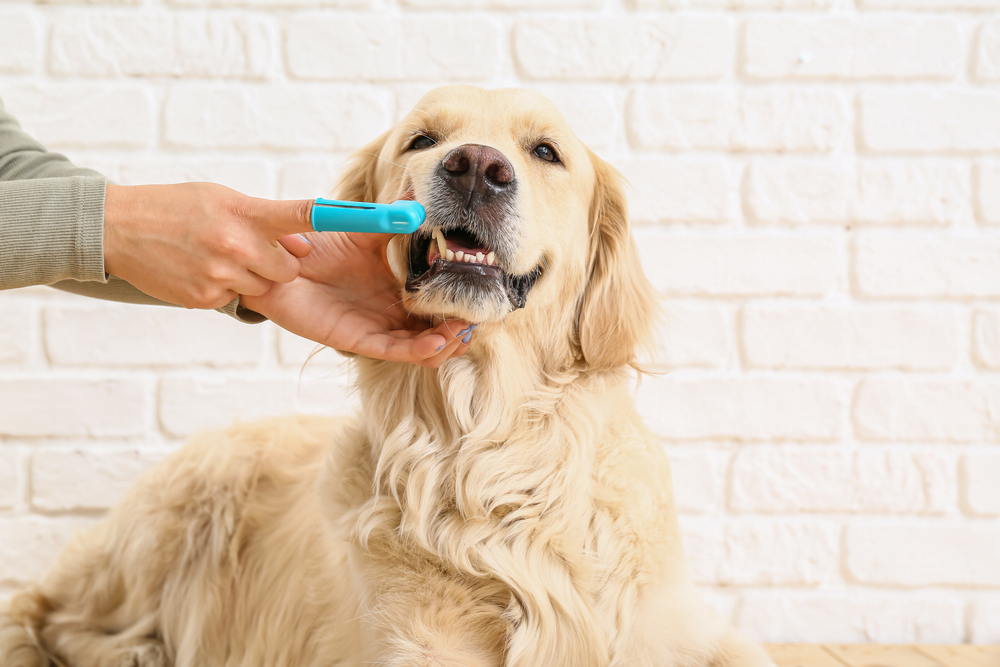
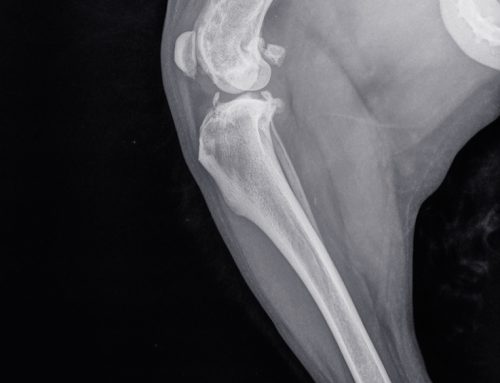

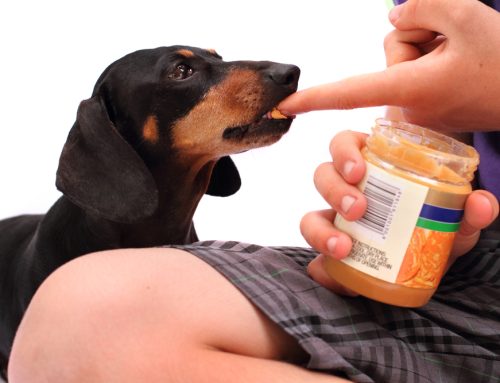
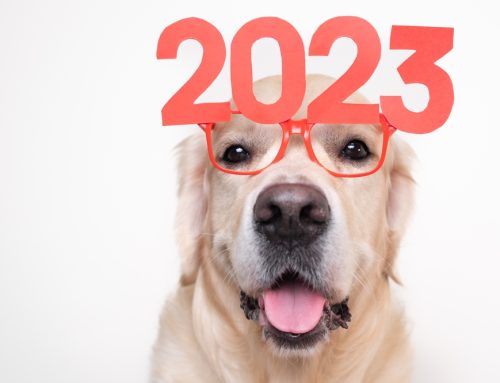
Leave A Comment